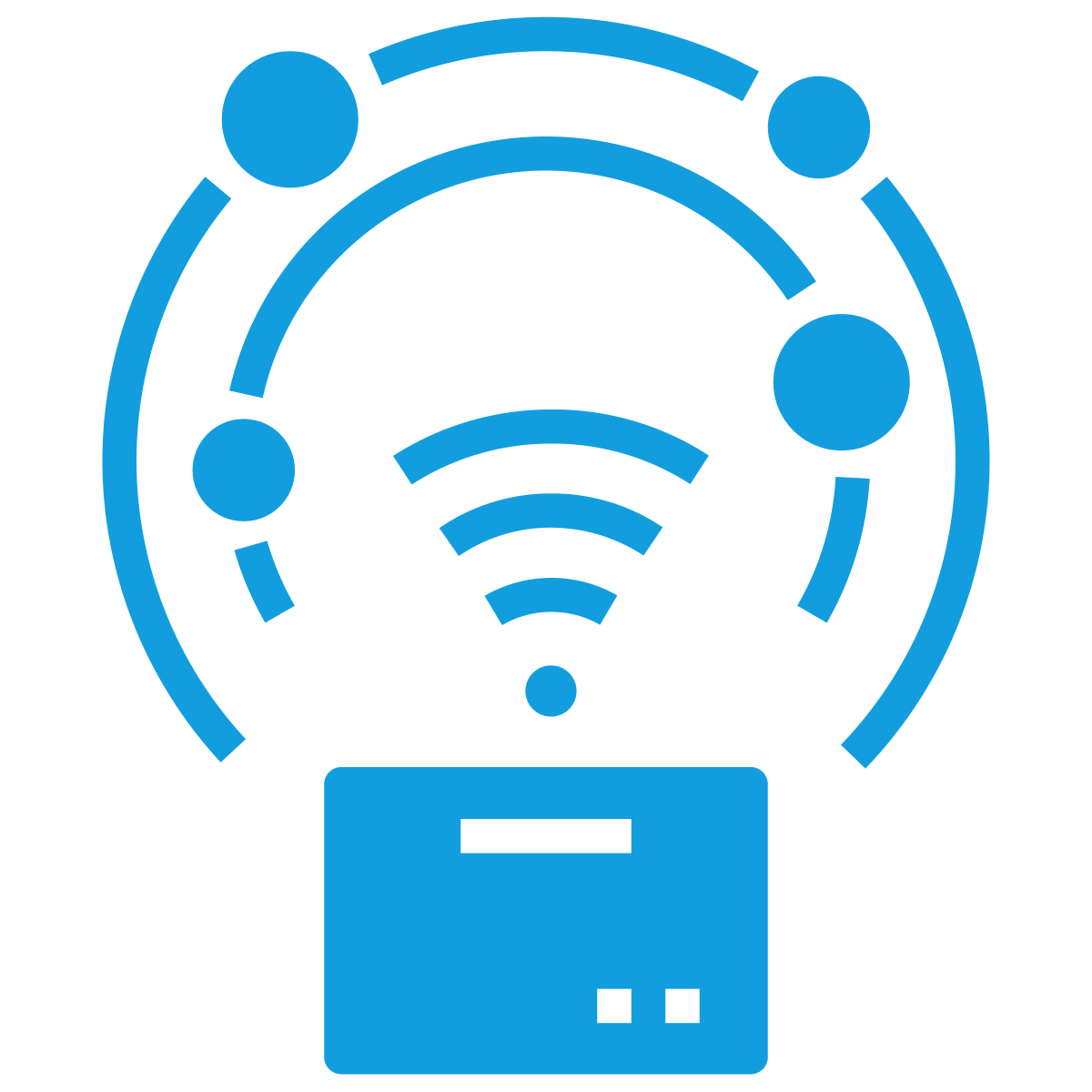Grow Service revenue with Asset tracking in Salesforce
In the Manufacturing industry, Installed Base knowledge is strategic to grow and maintain high-margin aftermarket revenue.
What would be the impact on your aftermarket business, if your company could systematically detect the location of its robots and identify their owners?
Using GPS trackers (or self-generated coordinates) WiseChain converts the location of industrial Assets, shipped from a factory to an unknown end-destination, often via system integrators, into highly qualified service opportunities and enables your teams to monitor their shipping conditions.
Aftermarket revenue Growth

Detect asset location
Identify final owners
Generate Opportunities
Customer service performance

Detect customer deliveries
Automatically assign assets to fleet owners
Monitor fleet turnaround

Market Intelligence
Monitor partners’ activity
Visualize end markets and trends
Refine downstream sectors appetite per product line

IoT Subscriptions
Engage & connect more System owners
Enrich users’ database
Grow IoT services revenue
Data is already available to detect and identify a majority of new fleet owners
In some specific cases, the equipment already generates is equipped with hardware that generates geolocation data.
This is the case for transport refrigeration units. Such built-in tracking technologies can be used in a new way to detect and identify potential new fleet owners.
When the fleets are renewed and units sold by their first owner on the second hand market, the service revenue per unit drops immediately. This is the waterfall effect. Since it is virtually impossible to know where the unit will be used next, service partners and manufacturers often lose a large part of the spare parts business and maintenance revenue for each unit.
Being in a position where it becomes possible to identify a majority of the next fleet owners for each unit ensures that manufactures and service partners will maintain their aftermarket revenue per unit and also make sure to keep units working at peak performance for a longer period of time.
In a nutshell
Deploying or using technologies to detect each asset’s location benefits their owners, their product will remain in the best condition for longer, the service partners and the manufacturers.
Hardware is therefore necessary to generate geolocation. It can be deployed ad-hoc or built-in and the type of hardware will be conditioned by three factors : available space, expected data supporting the business case and longevity.
